Is your employee handbook up to date, legal, and effective?
Employee handbooks that are thorough and up-to-date advise employees on vital policies, rules, company standards, and rights. They can also assist in the prevention of harassment and other forms of discrimination in the workplace, as well as bolster the company’s defense in the event of an employee complaint.
However, in order to be successful (and lawful), handbooks must be reviewed and updated on a regular basis. It’s a never-ending process. The following are a few things to think about while you go over your guidebook. Remember to have your handbook reviewed by an attorney to ensure that it complies with federal, state, and local laws.
What’s the distinction between an employee handbook and an HR manual? Do we require both?
HR Manuals (sometimes known as “gorillas”) are extensive instructions for management and staff. They are designed to guide and frame leadership behaviors, ensure organizational consistency, and provide some detail on the company’s HR policies. Only the HR department, managers, and supervisors should receive them.
Handbooks are significantly shorter and easier to read documents that outline the most important policies and are suitable for dissemination to employees. All organizations, should have employee handbooks, and those with a large number of employees (e.g., 15 or more) should probably have guidelines as well.
What about the words themselves? Is it possible that they are as significant as the lawyers claim, or are they just seeking to boost their billings?
Keep in mind that whatever you say may and will be used against you. A guide will be dissected by a plaintiff’s lawyer. Be careful with your words. Avoid using terminology that says, “Employees:
What about the words themselves? Is it possible that they are as significant as the lawyers claim, or are they just seeking to boost their billings?
Keep in mind that whatever you say may and will be used against you. A guide will be dissected by a plaintiff’s lawyer. Be careful with your words. Avoid using terminology that says, “Employees: Only “for reason” will you be fired, For the following reasons, you will be terminated, Are “permanent” in nature, Will be treated equitably, or that concerns will be resolved by supervisors, Only serious wrongdoing results in dismissal, Will be handled a certain way “always” or “only” in a certain way, Can look forward to a long and fruitful partnership with the organization.
For the following reasons, employees will be disciplined…
Examine the language used to ensure that it is flexible and does not obligate the organization to operate in a specific way in every situation. Use phrases like “may,” “usually,” and in your writing. Make no promises that could lead to a contract, and don’t make exhaustive lists.
So, what are we going to say? In employee handbooks, what kinds of declarations should be included?
Include declarations that make it obvious that:
- Policies are just intended to provide basic direction and do not constitute contracts.
- Policies aren’t guarantees.
- At the company’s discretion, policies may be altered or withdrawn at any moment for any reason, with or without notification.
- Certain rights are not guaranteed to employees.
- The Organization is an at-will employer.
- That no one other than [usually the President] has the authority to create any arrangement that contradicts your at-will policy.
- The organization is not required to follow policies in all cases (for example, it may not always follow corrective action or termination procedures), thus you will deviate as needed.
What else is there to say? Isn’t there something else to be concerned about?
There’s always something else to be concerned about! Keep in mind the following:
At the time of hire, a signed employee affirmation of receipt of the handbook and at-will status. When you modify and redistribute the handbook, have employees sign new acknowledgements as needed.
Incorporate the requirements of federal, state, and local laws. Keep in mind that employment laws vary widely from one state to the next.
Don’t go into too much detail. Also, if necessary, link staff to other publications for details (e.g., insurance plans).
If you don’t do it, don’t mention it. Include only policies that you believe you will follow in the future or those you know you should follow but don’t. Resolve any discrepancies between your policy language and your activities.
Employees and managers should be trained so that they are aware of the policies.
It all appears to be far too difficult. Isn’t it better if we don’t have a manual or write anything down?
It was a valiant effort, but alas, no. Without official policies, a company’s activities and behaviors “create” them. These behaviors are frequently inconsistent, sometimes unjust, and may violate legal requirements. Handbooks are like to going to the dentist: you’d rather not go, but the consequences are severe if you do.






